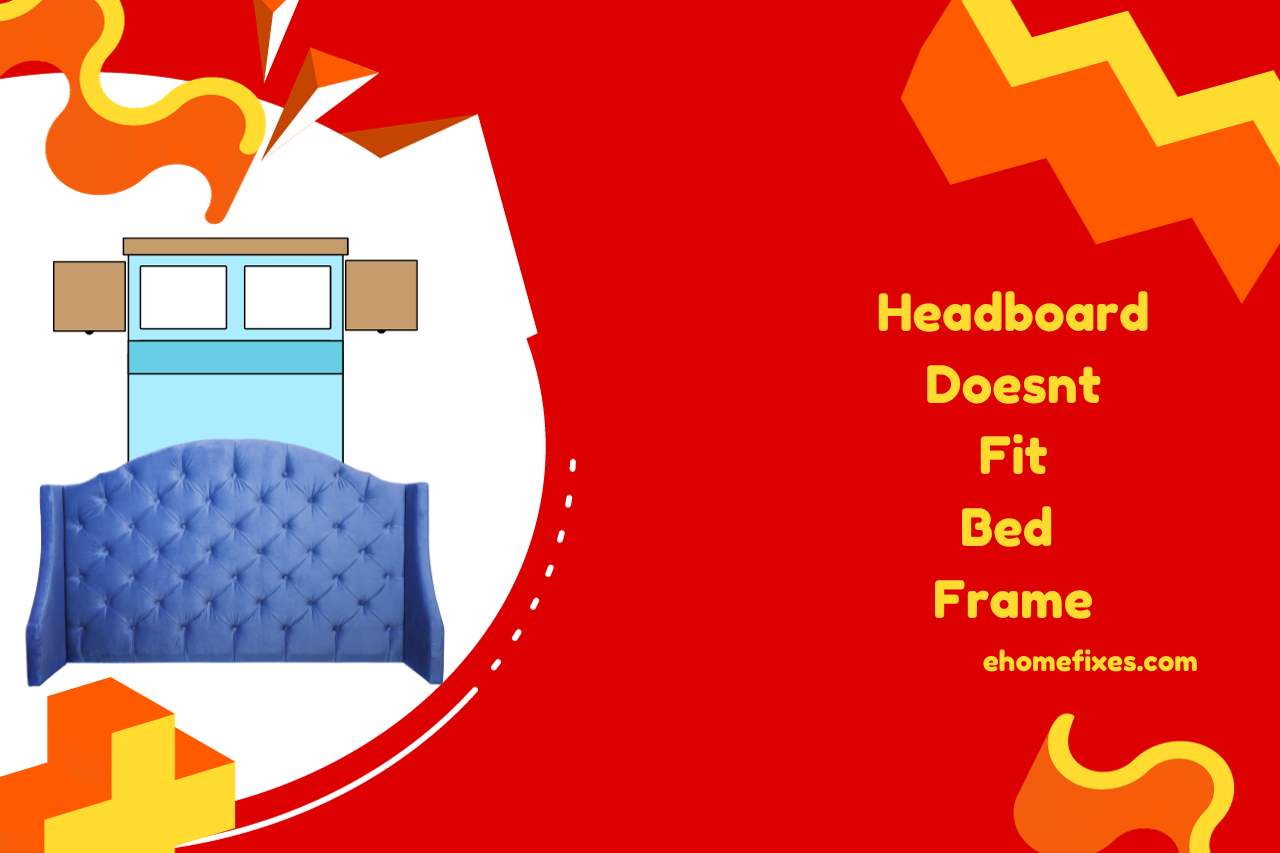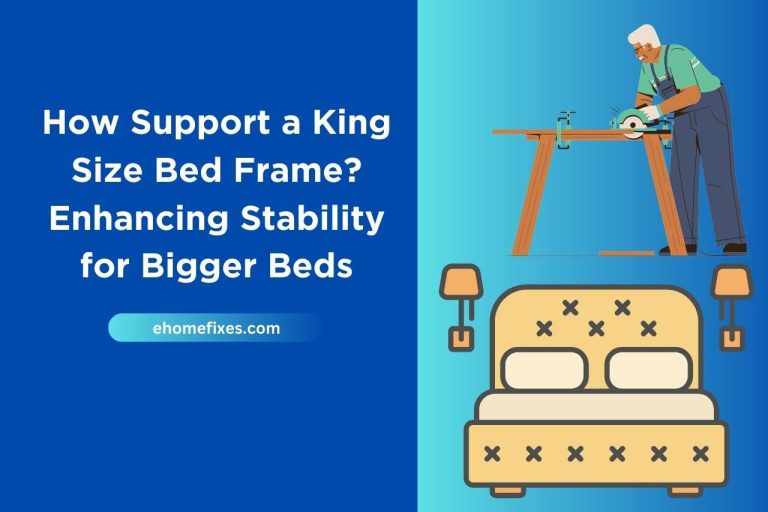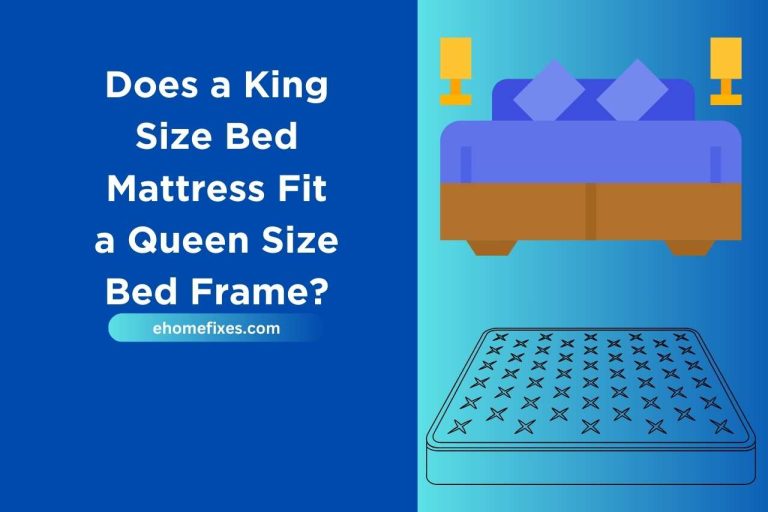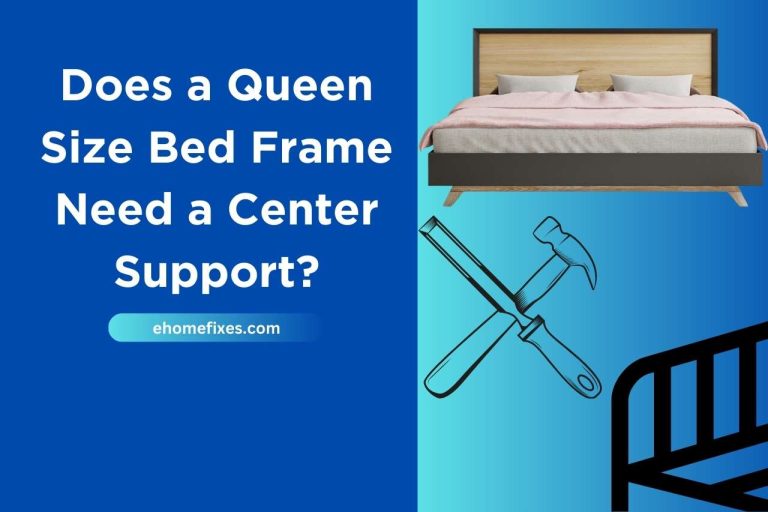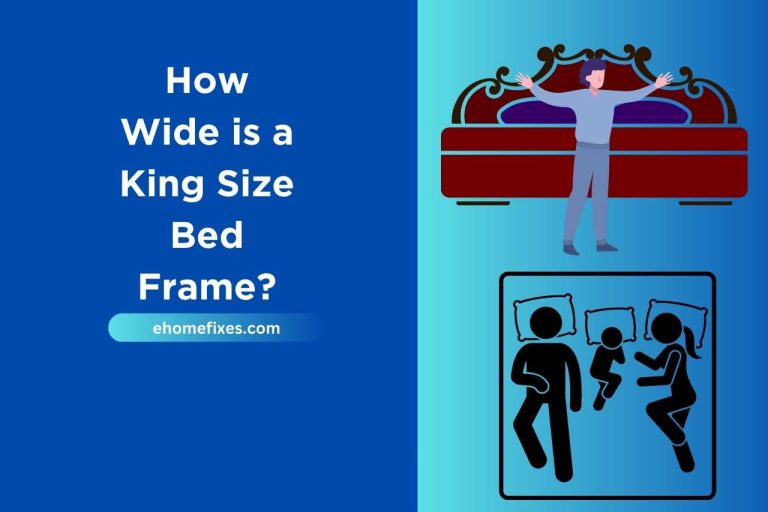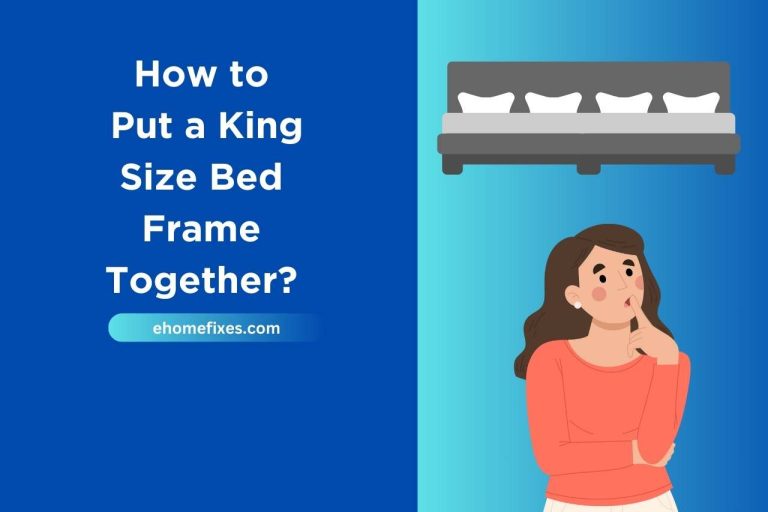Headboard Doesn’t Fit Bed Frame – Mismatched Sizing!
Are you struggling with a headboard that doesn’t fit your bed frame? The frustration of a misfit can be overwhelming, but fear not—we’ve got you covered. Basically, this mismatch can be a result of size discrepancy, but certain smart solutions are available to overcome this issue. Whether it’s misalignments, sizing issues, or a clash of aesthetics, our comprehensive guide will navigate you through the process, ensuring your bedroom setup is not just functional but visually harmonious. So, join us to explore the intricacies of making these key elements align effortlessly, transforming your bedroom into a haven of style and stability.
Why is My Headboard Doesn’t Fit Bed Frame?
Your headboard doesn’t fit the bed frame because of issues like size discrepancy, frame adjustments, material incompatibility, and so on. Go through each of the causes and get a basic idea before applying solutions.
- Size Discrepancy: The primary reason could be a size mismatch between the headboard and the bed frame. Ensure both are compatible in terms of dimensions.
- Attachment Mechanism: It is vital to check if the headboard’s attachment mechanism aligns with the bed frame. Sometimes, different designs or styles may not match, causing a fitting issue.
- Headboard Design: Elaborate or intricate headboard designs may clash with the structure of the bed frame, leading to difficulties in fitting them together.
- Frame Adjustments: Some bed frames come with adjustable features. If it’s not set to a standard size, adjustments may be needed for a proper fit with the headboard.
- DIY Modifications: DIY modifications or alterations to either the headboard or bed frame may result in misalignment. Ensure any adjustments made are compatible with both.
- Material Incompatibility: Different materials may react differently to changes in temperature and humidity, causing warping or changes in size that affect the fit.
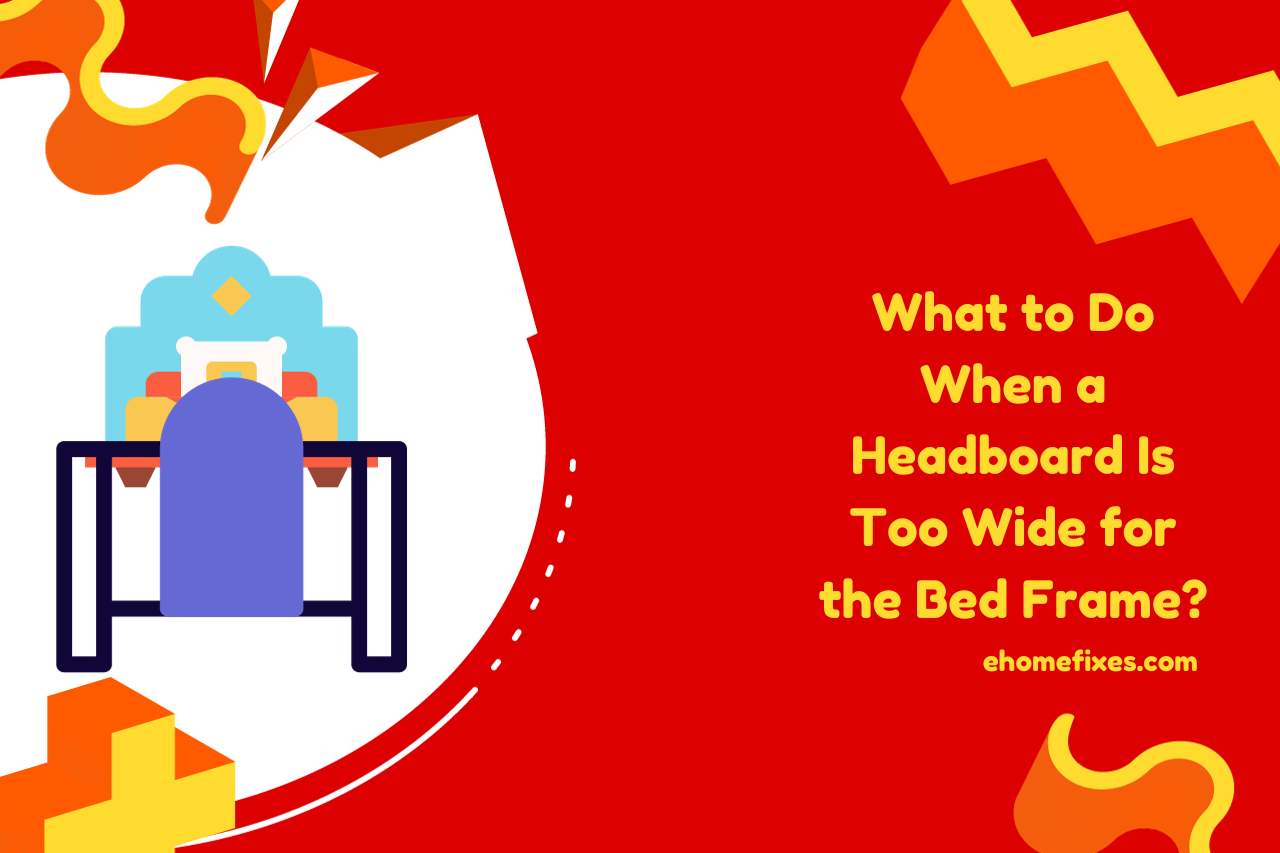
What to Do When a Headboard Is Too Wide for the Bed Frame?
When a headboard is too wide for your bed frame, you can try some practical solutions like bed frame extenders. Let’s see what the order of steps you need to follow is.
- Assess Compatibility: Start by thoroughly assessing the compatibility of the headboard and bed frame. Check if they are from the same set or designed to work together seamlessly.
- Measure and Adjust: Measure the width of both the headboard and the bed frame. If the headboard is too wide, the most appropriate solution would be to purchase bed frame extenders and set it up according to the manufacturer’s instructions.
- DIY Modifications: For those comfortable with DIY projects, carefully trim the excess width from the headboard. Ensure precision to maintain a balanced and aesthetically pleasing look. Using the right tools is also important to minimize damage.
- Wall Mounting: Use wall-mounted brackets and attach the headboard to the wall. This method would be better if you use the bed frame or headboard temporarily.
- Professional Assistance: If the prospect of DIY adjustments seems daunting, seek professional assistance. Carpenters or furniture experts can provide precise modifications, ensuring a perfect fit with the bed frame.
- Consider a New Frame: If the headboard is a cherished piece and DIY or professional modifications are not ideal, consider investing in a new bed frame that complements the width of the existing headboard. This can also be an opportunity to refresh the overall bedroom aesthetic.
How Do I Attach a Bed Frame to a Different Headboard?
The below-mentioned guide will help you to attach a bed frame to a different headboard. So you will be able to achieve a secure and aesthetically pleasing setup in your bedroom.
- Evaluate Compatibility: Begin by assessing the compatibility of the headboard and bed frame. Check if the mounting holes align, ensuring a solid foundation for attachment.
- Adapter Plates for Alignment: If the mounting holes don’t align perfectly, consider using adapter plates. These accessories bridge the gap between different hole placements, providing a reliable connection.
- Select Appropriate Hardware: Choose screws and bolts that match the size and specifications of both the headboard and bed frame. This ensures a tight and secure fit.
- Precise Measurement and Adjustment: If there are discrepancies in dimensions, measure both the headboard and bed frame. Make necessary adjustments, like trimming excess material, to create a perfect match. In order to avoid damages, consider hiring a professional.
- DIY Modifications for Compatibility: For DIY enthusiasts, consider modifying the headboard or bed frame to ensure compatibility. This may involve adjusting the width or height for a harmonious connection.
- Secure Attachment: Once the adjustments are made, secure the headboard to the bed frame using the selected hardware. Make sure to tighten all screws and bolts to guarantee stability.
- Visual Harmony: Ensure the attached headboard complements the overall aesthetic of the bedroom. Achieving visual harmony enhances the appeal of the setup.
- Testing Stability: After attachment, conduct a stability test by gently shaking the headboard. If it feels secure and doesn’t wobble, your attempt is successful.
You May Also Like
- Gap Between Mattress and Headboard – Solving the Mystery!
- Can you Buy Headboard Separately? Design Flexibility!
- Does a Headboard Reduce Noise? Exploring the Noise Reduction!
- Does a Headboard have to Be Against the Wall? Exploring Wall-Free Options!
- What Headboard to Use for Adjustable Bed? Selecting the Ideal Headboard!
- How to Paint Headboard and Footboard? Revamp Your Bed!
- Why are Headboards So Expensive? Exploring the Factors!
- Why does My Mattress Move Away from Headboard? Exploring Common Causes!
- Can a Queen Headboard Fit in a Car? Mastering the Move!

